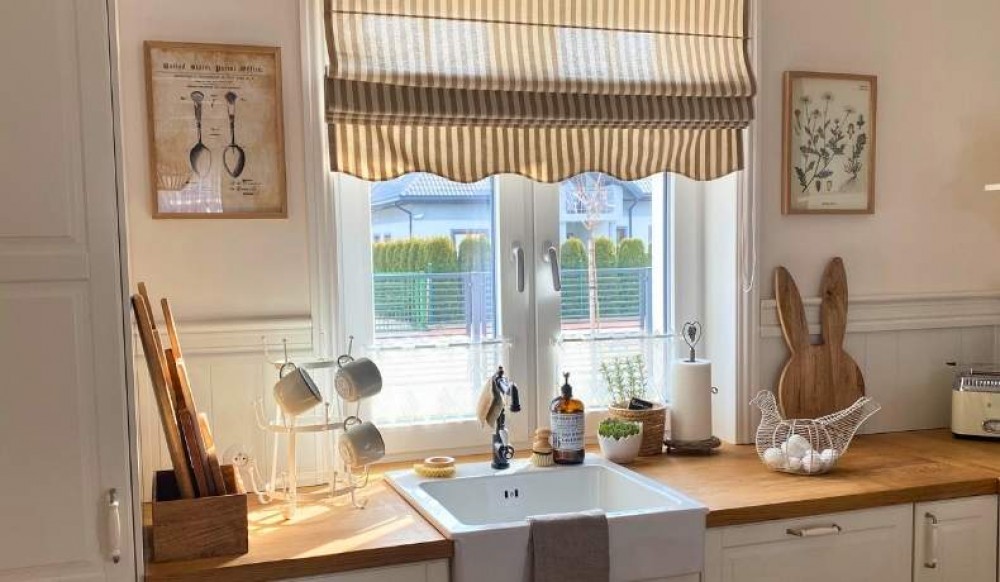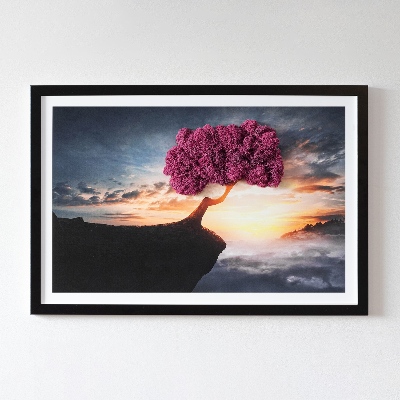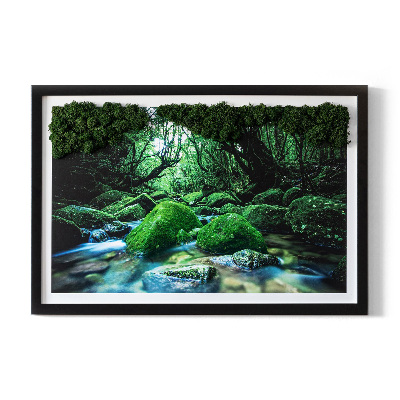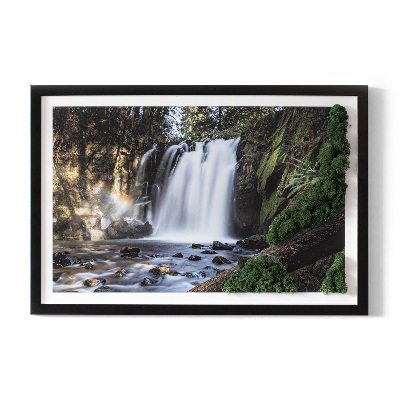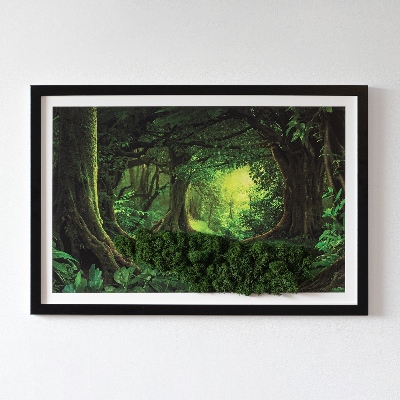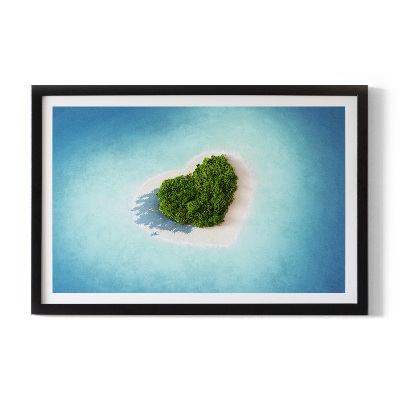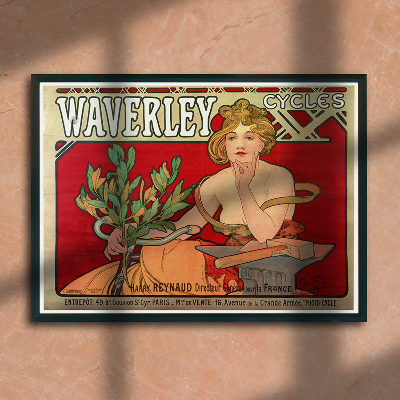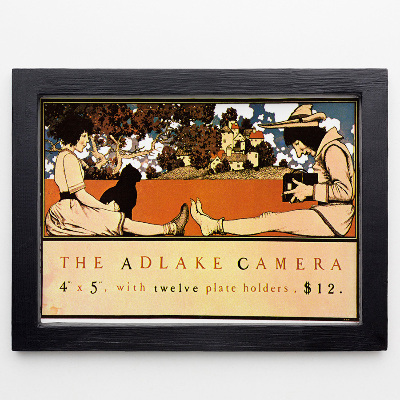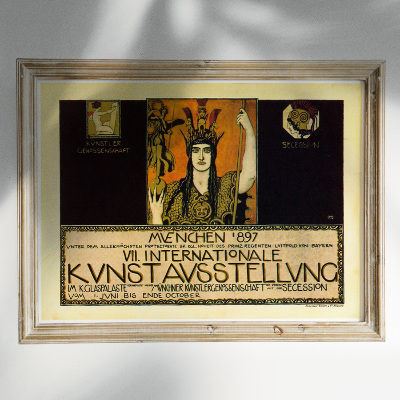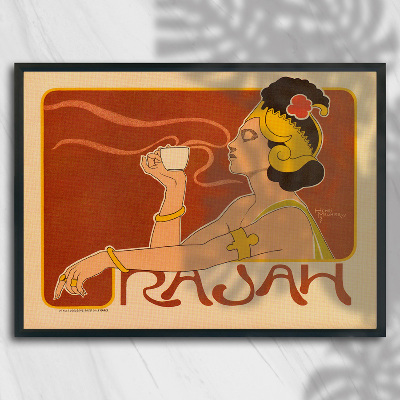- Vintage Posteria
- /
- Blog
- /
- Tips

In contemporary interior design, we are increasingly moving away from the rule of "one style – one space." Instead, we opt for blending different styles that together create a space that is not only aesthetic but, above all, reflective of our character and needs. Boho, vintage, or eclectic styles draw from various trends, but their common denominator is authenticity, creativity, and freedom in self-expression.
How to mix styles in interiors to avoid chaos and achieve harmony instead? The key lies in color consistency, balanced material combinations, and skillful selection of original decorations. In this article, we’ll show you how to create soulful spaces where Scandinavian style can coexist with glamour, and vintage wooden furniture can perfectly complement modern accessories.
Boho – artistic nonchalance full of ease and nature
The boho style in interior design is a nod to freedom, nature, and the joy of creating spaces on your own terms. There are no rigid rules here – what matters is the character you express through natural materials, colors, and soulful accessories.
Boho pairs perfectly with natural wood, elegant linen and cotton fabrics, and decorations featuring ethnic or botanical patterns. In such interiors, you’ll find geometric patterns, handwoven rugs, and natural fabrics in earthy tones. Mixing styles in the spirit of boho also allows for combining classic elements with exotic accents – for example, rustic style with oriental ceramics.
It’s also worth noting the practical use of decorative elements. Moss posters not only align with the trend of eco-friendly decor but also bring a pleasant freshness to the interior.
The boho style offers you unlimited inspiration – you can combine it with Scandinavian, modern, or even glamour styles while maintaining a cohesive design through a unified color palette or decorative motifs present in various elements.
Vintage – memories captured in details
The vintage style is a journey through time – full of nostalgia, emotions, and hidden stories encapsulated in objects. In interior design, it signifies a love for soulful items: wooden furniture from the 60s, upholstered armchairs with curved legs, old gramophones, porcelain trinkets, or abstract paintings in heavy frames.
To combine different styles with vintage as the centerpiece, it's essential to maintain a subdued base. Light walls, natural floors, and a minimalist backdrop allow individual elements to stand out without risking excess. Vintage style pairs beautifully with classic, rustic, and even modern styles – especially when applying the principle of contrast, such as pairing a simple sofa with a designer table from a past era.

In vintage decor, accessories play a significant role, carrying emotions. Vintage posters with retro graphics, posters from classic films, as well as old frames or clocks, are details that bring the ambiance of bygone years. Their practical use lies not only in aesthetics – they also help create a sense of warmth and authenticity, which is often missing in overly sterile interiors.
Blending styles with a vintage touch doesn’t require significant investment – a well-chosen piece of furniture or graphic can transform an entire space. And if your inspiration comes from flea markets, auctions, or family heirlooms – all the better! This way, you create a personal and unique interior.
Eclecticism – creative chaos or thoughtful mix?
Eclecticism is not about randomly collecting elements but consciously combining different interior styles in a way that creates a new, cohesive whole. It’s an option for those who don’t want to be confined to one trend and wish to draw the best from their favorite styles.
In an eclectic interior, you can combine Scandinavian style with glamour, industrial style with rustic, all tied together by a common thread – color consistency or a dominant decorative motif. Don’t be afraid of contrasts: a modern lamp above a solid natural wood table, a classic sofa paired with a plastic chair, and walls adorned with both abstract paintings and geometric posters.
The secret to a successful mix is moderation and repetition. If you introduce one element in a specific style, make sure it appears elsewhere in the interior – for example, elegant fabrics in cushions and curtains, or natural materials like wicker, rattan, and linen. Eclecticism works wonderfully with accessories – exotic masks, metal lamps, or modern mirrors can coexist if their form or color scheme ties them to other elements in the design.
It’s worth remembering that mixing styles in one space doesn’t have to mean chaos. On the contrary – it provides an opportunity to create an interior that doesn’t blindly follow trends but tells your personal story.
Different styles and their key to success – a base that ties everything together
In a world full of colors and forms, a subdued base becomes the unsung hero of every successful design. When you decide to mix styles, a neutral background plays an invaluable role, allowing different interior styles to shine without introducing chaos.
Walls in shades of white, beige, or light gray, as well as natural wood or architectural concrete floors, form the foundation on which you can build any composition. With such a base, you can freely combine Scandinavian style with vintage or even modern glamour without losing harmony. This base ensures color consistency, even when the individual styles applied differ in character and aesthetics.
The advantage of this approach is also its practicality – by simply changing accessories, you can easily refresh an interior without costly renovations. A well-chosen neutral color palette softens contrasts between styles, ensuring that combinations like raw industrial style with elegant fabrics or decorative accents look cohesive and stylish.
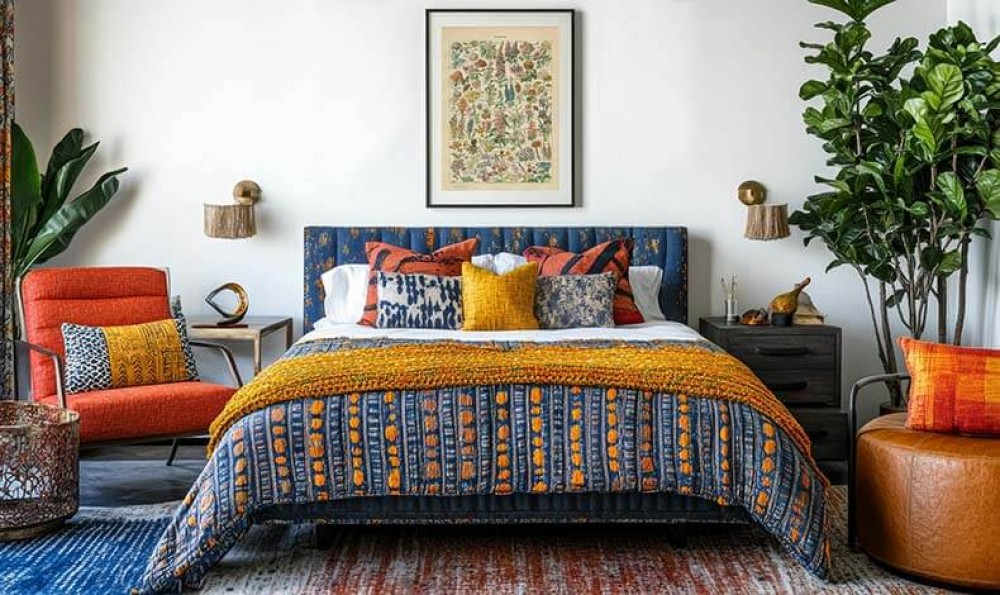
Accessories that make a difference
In interior design, it’s often the details that have the greatest impact on the final result. When mixing different styles, accessories are not just complements but also connectors between seemingly disparate trends.
Textiles are the perfect playground for experimentation – natural fabrics in boho style, geometric patterns typical of Scandinavian interiors, or elegant fabrics in earthy tones inspired by classic style? Combine them according to the principle: one motif – many forms. This way, you achieve a cohesive effect even when mixing different styles. Don’t hesitate to pair minimalism with richer forms. In modern style, less is more, but nothing prevents you from breaking it with an ornamental motif or a colorful accessory that deviates from the norm.
An interior that speaks your voice
You don’t have to choose between the rawness of industrial style, the warmth of rustic style, and the simplicity of Scandinavian style – you can combine them to create a space that truly reflects you. That’s the strength of eclecticism – not in breaking rules but in creating your own.
Mixing different styles isn’t a passing trend. It’s a conscious choice for those seeking harmony between the new and the familiar. So don’t be afraid to experiment. Move the chair, hang a different poster, add a new texture. Sometimes, one detail is enough to breathe new energy into an entire space – and that’s the beauty of mixing styles.
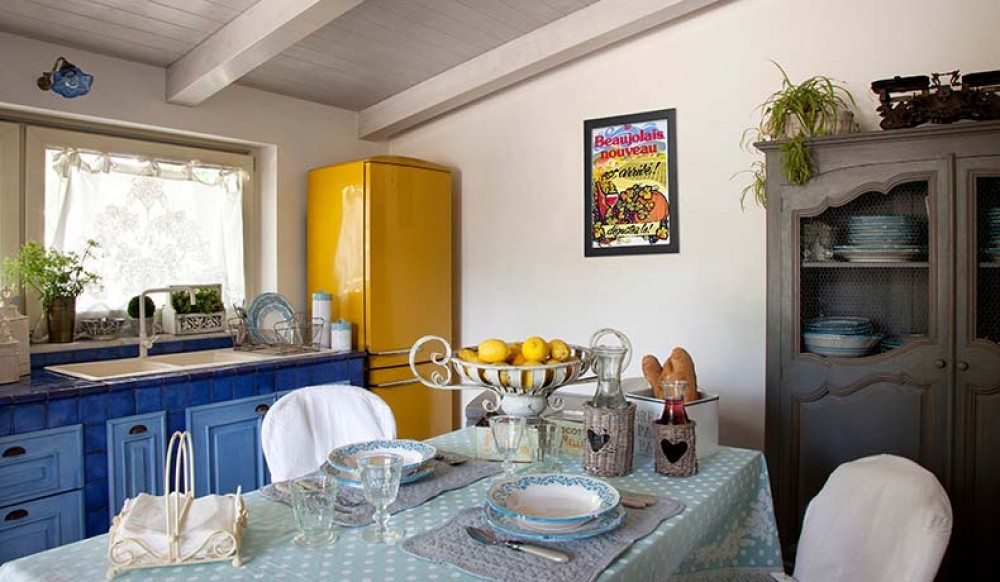
How to arrange a kitchen in retro style?
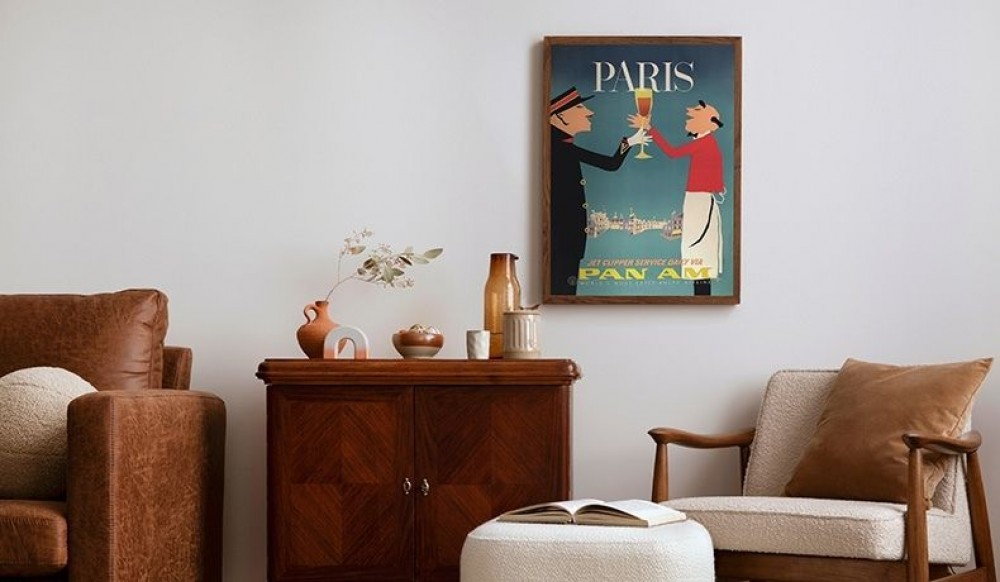
How to decorate a living room in retro style?
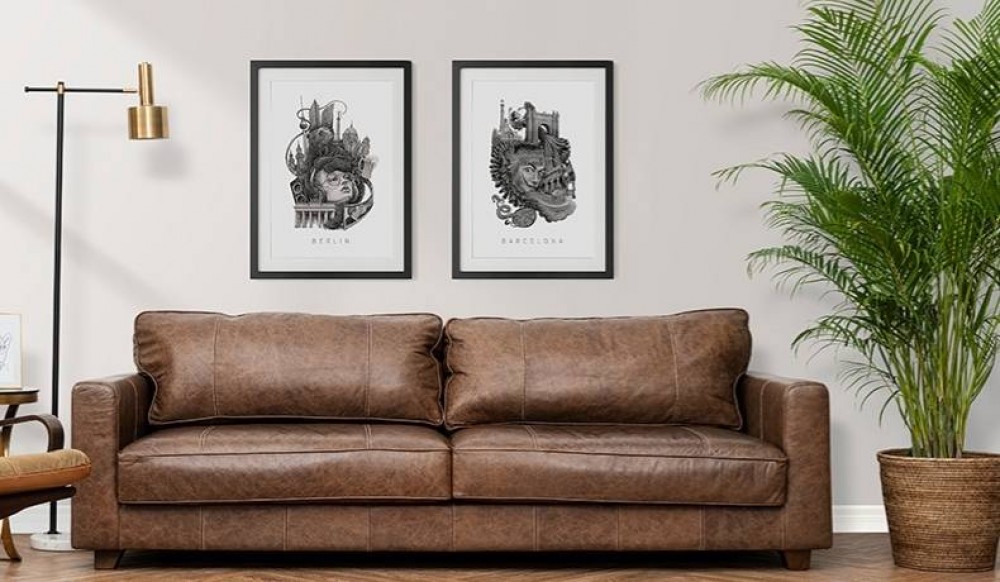
Loft in the climate of an old factory - how to decorate an industrial interior?
